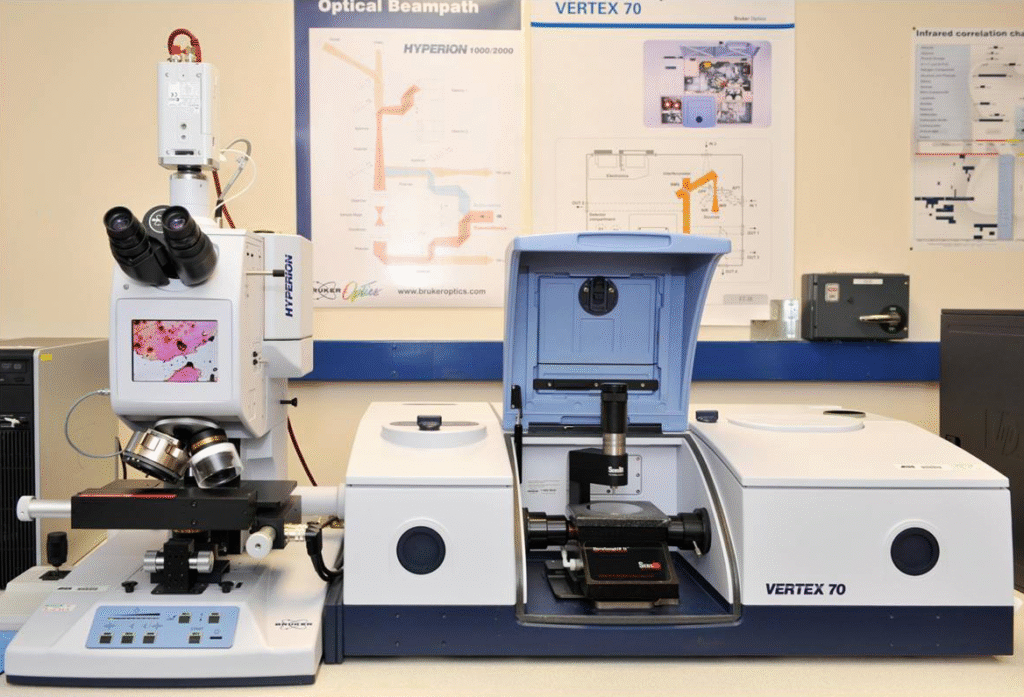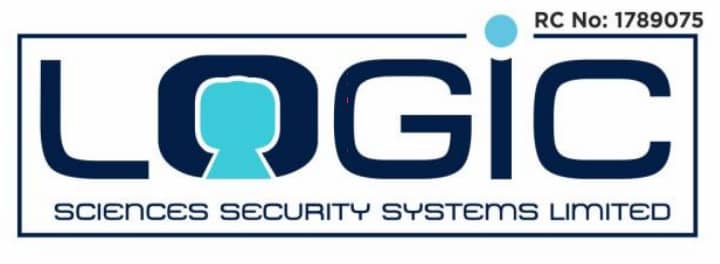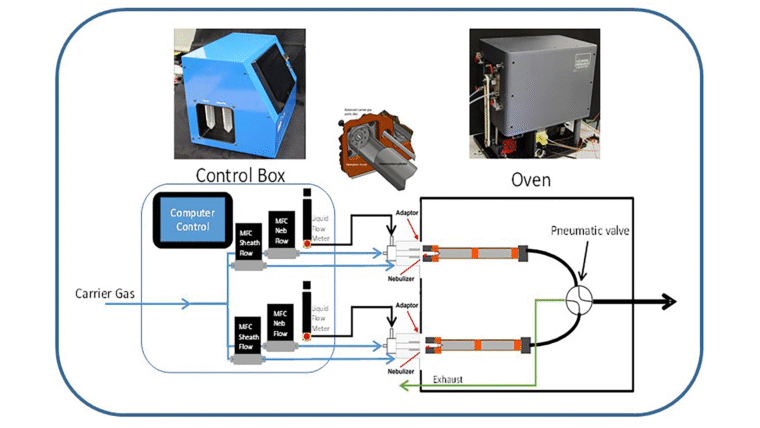The detection of explosives and narcotics is an important piece of modern public safety infrastructure, from airport checkpoints to street-level law enforcement. As drug trafficking and explosive threats expand (often faster than policy or regulation), detection technologies must respond with accuracy, speed, and safety. This article explores the technologies behind explosives and narcotics detection equipment, how they work, and the challenges they help address. This piece also explores the limitations of these tools.
Narcotics Detection: From Color Kits to Cloud-Based Analytics
The Shift from Field Chemistry to Handheld Devices
Traditional narcotics detection often involved colorimetric field test kits—manual systems requiring officers to apply chemical reagents to unknown substances and interpret resulting color changes. While cost-effective, these tests pose health risks to officers through direct contact, and interpretation errors can compromise both safety and evidence integrity.
To address these limitations, law enforcement agencies have increasingly adopted handheld drug detection devices. These tools utilize advanced technologies such as Raman spectroscopy, FTIR (Fourier Transform Infrared) spectroscopy, mass spectrometry, ion mobility spectrometry, and near-infrared (NIR) spectroscopy. They bring laboratory-grade precision directly to the field.
Also read: Computed Tomography X-ray: All you Need to Know
Raman Spectroscopy
Raman spectroscopy enables non-contact, non-destructive testing of unknown substances—even through sealed containers. It works by shining a laser on a substance and analyzing the scattered light, which reveals molecular characteristics. Raman devices can identify a wide range of substances including:
- Street-level narcotics (e.g., methamphetamine, cocaine)
- Fentanyl and its analogs (e.g., carfentanil, sufentanil)
- Precursors used in synthetic drug manufacturing (e.g., NPP and ANPP)
This method reduces officer exposure and preserves the integrity of samples for further investigation.
Fourier Transform Infrared (FTIR) Spectroscopy

FTIR, like Raman, is a form of vibrational spectroscopy. It identifies substances by measuring their infrared absorption patterns. Especially useful for colored materials, pastes, gels, and powders, FTIR is often paired with Raman in modern handheld tools to provide complementary analysis.
Mass Spectrometry (MS)
Forensic labs widely use mass spectrometry, which is increasingly available in portable formats. It measures the mass-to-charge ratio of ionized particles to identify substances—even at trace levels, such as residues on packaging. While highly specific and sensitive, MS equipment tends to be expensive and requires training to operate effectively in the field. But thanks to advancement in technology, Researchers continue the development of portable-sized versions that are removing the barriers to operation and increasing democratization for operators
Also read: People Screening Equipment: All You Need to Know
Ion Mobility Spectrometry (IMS)
Ion mobility devices detect the presence of hazardous substances without identifying their exact chemical makeup. Like metal detectors for drugs, these devices are fast and can work with minimal samples in gas, liquid, or residue form. They are commonly used at airport checkpoints.
NIR Spectroscopy and the TactiScan
The TactiScan is a portable drug detection tool powered by Near Infrared (NIR) spectroscopy. Unlike Raman or FTIR, NIR uses reflected infrared light without exposing substances to lasers or radiation. It operates with a secure cloud platform, using AI-based models to detect common narcotics such as:
- Cocaine
- Amphetamines
- Methamphetamines
TactiScan’s advantages include:
- Non-contact sampling
- Fast results (under 10 seconds)
- No sample prep
- Automatic cloud storage and traceability
- Low operational cost through subscription model
Also read: Trace Detection Equipment: Where are they Used?
Explosives Detection: From Dogs to Mass Spectrometers
Colorimetric Test Kits
Similar to narcotics field kits, colorimetric explosive tests rely on chemical reactions that produce visible color changes. While effective for identifying groups of explosives like nitroaromatic or nitrate esters, these kits struggle with non-nitrogenous compounds such as acetone peroxide. Interpretation requires training and, again, contact with potentially hazardous materials.
Canines and Honey Bees
- Detection dogs are trained to identify explosive scents and alert handlers. While effective, their performance diminishes with fatigue or distraction.
- Honey bees, trained using behavioral conditioning, have been shown in controlled studies to detect explosives. Though not yet commercially available, they offer promise due to their sensitivity and renewable use cycle.
Mechanical Scent Detection and Ion Mobility
Ion mobility spectrometry (IMS) is the backbone of most trace explosives detectors. It identifies molecules based on how they travel through an electric field. While not as precise as mass spectrometry, IMS is fast and operates at atmospheric pressure, making it ideal for checkpoints.
Some devices combine IMS with gas chromatography (GC) to pre-separate compounds before analysis. However, GC systems require bottled gas and can be vulnerable to environmental degradation, limiting their field utility.
Also read: What are Advanced Security Screening Products & Solutions?
Advanced Spectrometry and X-Ray Imaging
Some tools are exploring methods like:
- Differential Mobility Spectrometry (DMS)
- Ion Trap Mobility Spectrometry (ITMS)
- Fluorescent Polymers that quench or glow in the presence of nitrogenous explosive materials
These technologies are being miniaturized for real-time field deployment. Meanwhile, X-ray machines with computed axial tomography (CT) are widely used in airports. These machines analyze item density to detect concealed explosives, guided by a software library of explosive signatures.
Challenges and Limitations
While various technologies have been developed to aid in explosives and narcotics detection, there are still several challenges and limitations. These include:
- False Positives: False positives can occur when a device incorrectly identifies a substance.
- False Negatives: False negatives can occur when a device fails to detect a substance.
- Interference: Interference from other substances or environmental factors can affect the accuracy of detection devices.
- Cost: Some detection devices can be expensive, making them inaccessible to some agencies.
Also read: Where to Buy the Best Explosives and Narcotics Detection Systems in Nigeria
Conclusion: Precision Meets Portability
As both narcotics and explosive threats become more sophisticated, so too must the tools designed to detect them. From Raman and FTIR spectrometers on the streets to IMS detectors and CT X-rays at border checkpoints, modern detection equipment combines scientific rigor with user-centered design. The goal is no longer just detection—but doing so safely, quickly, and accurately.
Whether it’s a handheld device identifying fentanyl in a sealed bag or a CT scanner flagging a suspicious parcel, the future of detection lies in the integration of portability, automation, and intelligent analysis—without compromising the safety of those on the frontlines.
Follow us on X (formerly Twitter), @Logic_sss, for more security guides and updates.
References
- www.policemag.com – Understanding Handheld Drug Detection Technologies
- tactiscan.com – TactiScan – A portable narcotics detection
- en.wikipedia.org – Explosive detection



